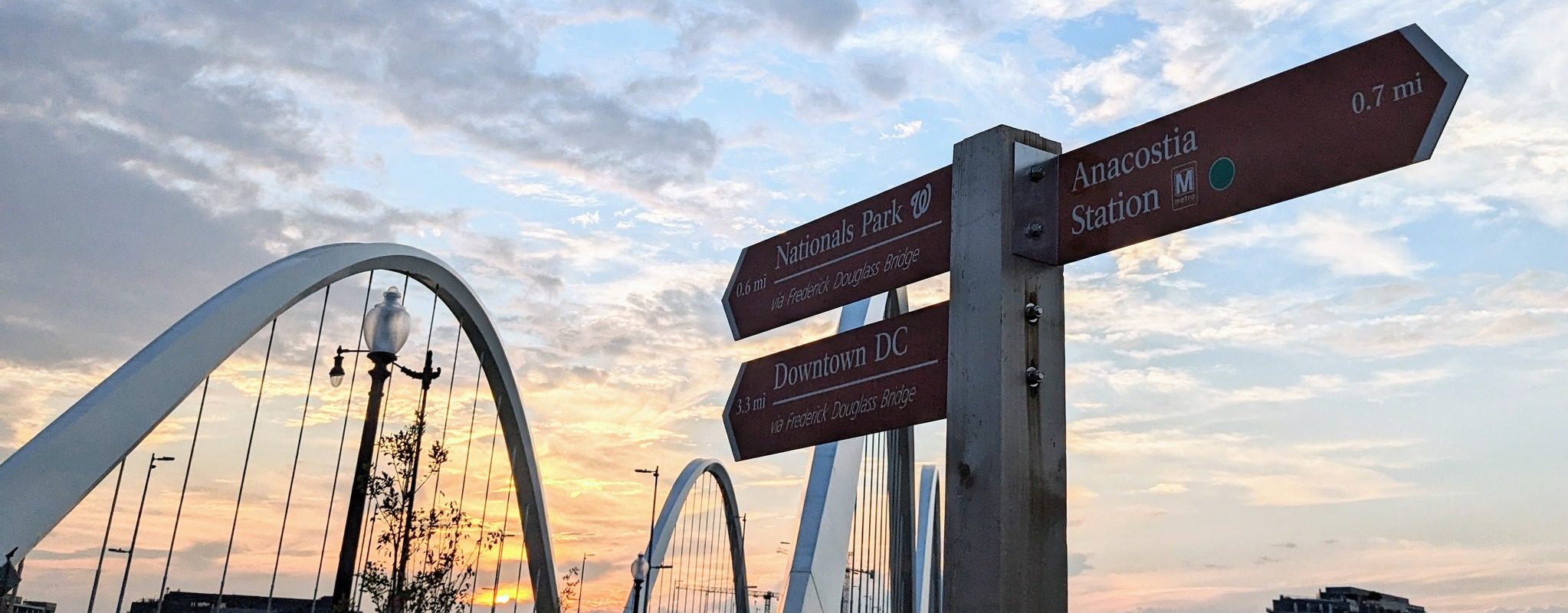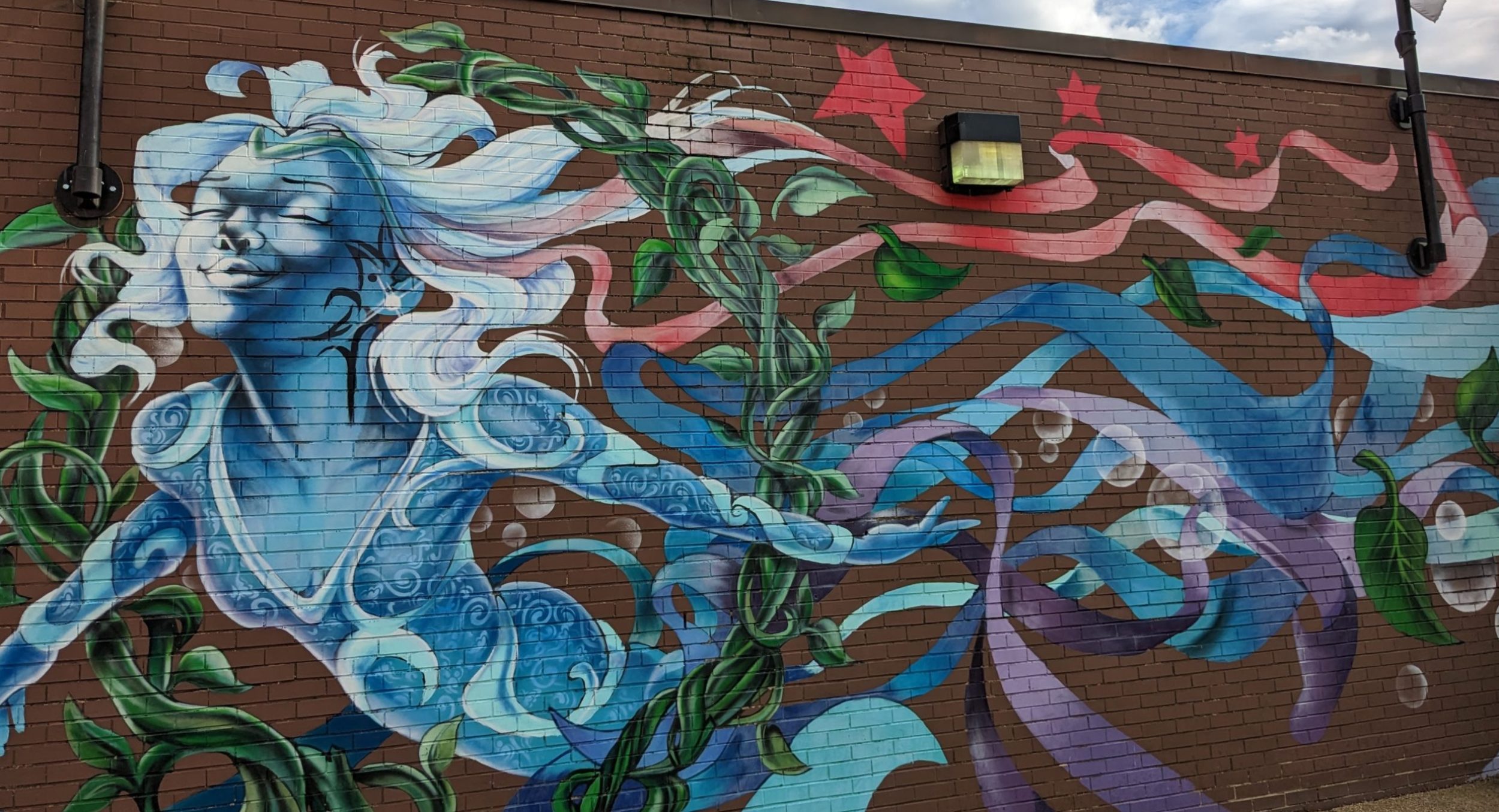 My husband and I were standing on Montserrate, which overlooks Bogotá, when the music surprised us. “New World Symphony” by the Czech composer Antonin Dvorak (DVOR–zhak). David and I had gone up for a sunset drink on our last night in Colombia, stopping at the restaurant shown to the left. We had no idea that the Orques
My husband and I were standing on Montserrate, which overlooks Bogotá, when the music surprised us. “New World Symphony” by the Czech composer Antonin Dvorak (DVOR–zhak). David and I had gone up for a sunset drink on our last night in Colombia, stopping at the restaurant shown to the left. We had no idea that the Orques ta Filarmónica de Bogotá would be playing its holiday concert inside the church atop Montserrate, seen to the right.
ta Filarmónica de Bogotá would be playing its holiday concert inside the church atop Montserrate, seen to the right.
“New World Symphony” is an odd choice for a Christmas concert, but a wonderful one. Full of sweeping horns and lively strings, Dvorak wrote it as kind of love letter to the United States during a visit in the 1890s. The concert organizers thoughtfully had set up a screen and sound system outside of the church for people who couldn’t get seats inside. David and I watched the screen and listened to the concert as the green hills around us disappeared into the night. At intermission, we got seats inside the church, a lovely building with soaring ceiling and arches, all done up for Christmas. The orchestra played some carols at end of the show and then there was a b oom. Silver confetti shot out from a high balcony, showering the church for several minutes.
oom. Silver confetti shot out from a high balcony, showering the church for several minutes.
On our ride down the mountain in a cable car known as a funicular, we saw the fireworks show. At the end of our ride, we could look up and see that the Christmas lights had been turned on.
It was the best sendoff we’ve had from any city.

 We’d gotten off to a bit of a rough start in Bogotá, first arriving in the city around 9 p.m. on a Sunday night. Our nervous taxi driver warned us repeatedly about the dangers of the old Candelaria district, where we were staying. There were few people around, and it did look a little scary.
We’d gotten off to a bit of a rough start in Bogotá, first arriving in the city around 9 p.m. on a Sunday night. Our nervous taxi driver warned us repeatedly about the dangers of the old Candelaria district, where we were staying. There were few people around, and it did look a little scary.
We awoke to find the streets busy with students and government workers. The Candelaria has a great mix of old colonial h omes, churches and Art Deco buildings, as well as universities and federal offices.
omes, churches and Art Deco buildings, as well as universities and federal offices.
We went to  the free museum complex downtown, and got a good overview of the nation’s his
the free museum complex downtown, and got a good overview of the nation’s his tory through the story of its coins. There’s also a collection of the works of the most famous Colombian artist, Fernando Botero (b.1932), known for his “gordos” such as his take on the Mona Lisa, shown to the right. The museum also has works from Botero’s personal
tory through the story of its coins. There’s also a collection of the works of the most famous Colombian artist, Fernando Botero (b.1932), known for his “gordos” such as his take on the Mona Lisa, shown to the right. The museum also has works from Botero’s personal  collection, including the lovely nude by French painter Pierre Bonnard (1867-1947) and a canvas from Greek-Italian surrealist Giorgio di Chirico (1888-1978), both shown at left. As David and I left the arts complex, a guard gave us each a complimentary coin. “I’ve never been paid to go to a museum before,” David joked.
collection, including the lovely nude by French painter Pierre Bonnard (1867-1947) and a canvas from Greek-Italian surrealist Giorgio di Chirico (1888-1978), both shown at left. As David and I left the arts complex, a guard gave us each a complimentary coin. “I’ve never been paid to go to a museum before,” David joked.
 We would have rented bikes if we had more time in Bogotá, especially some Sunday daytime hours.There’s a citywid
We would have rented bikes if we had more time in Bogotá, especially some Sunday daytime hours.There’s a citywid e program called “Ciclovia” that closes some of the city’s main streets to cars from 7:00 am to 2:00 pm on Sundays. Bogotá also had an impressive system of permanent dedicated bike lanes that runs throughout the city. In some ways, Bogotá might be a safer place for David and me than Washington. David bikes to work whenever the weather is decent, and I do in the spring, summer and fall. D.C. could learn something from how Bogotá has worked to protect its cyclists.
e program called “Ciclovia” that closes some of the city’s main streets to cars from 7:00 am to 2:00 pm on Sundays. Bogotá also had an impressive system of permanent dedicated bike lanes that runs throughout the city. In some ways, Bogotá might be a safer place for David and me than Washington. David bikes to work whenever the weather is decent, and I do in the spring, summer and fall. D.C. could learn something from how Bogotá has worked to protect its cyclists.
From the little we saw, Bogotá seems like a very livable city. We spent our Monday there wandering through some of the neighborhoods, doing Christmas shopping on Calle 53. Many of the the stores there were decked out for the holiday, liked the one shown below. We ended our walk in the La Macarena, touted as a “bohemian” neighborhood. We spent about half an hour strolling down a street lined with restaurants and little shops. We decided to take a patio table at La Hamburgeseria. The Beatles played in the background as I ordered a árabe vegetariana, basically falafel on a bun.
We ended our walk in the La Macarena, touted as a “bohemian” neighborhood. We spent about half an hour strolling down a street lined with restaurants and little shops. We decided to take a patio table at La Hamburgeseria. The Beatles played in the background as I ordered a árabe vegetariana, basically falafel on a bun.
“You say you’ll change the constitution. Well, you know. We all want to change your head,” John Lennon sang. It reminded me of the debate underway now about whether Colombian President Alvaro Uribe should be allowed to run again. (For more on that topic, see this blog.)

Our stay in Bogotá ended too soon. We had an midmorning flight on Wednesday morning. We got up early to get in a last look around the city’s main plaza and one more breakfast of chocolate santafereno style at an old cafe, La Puerta Falsa.
At the airport, a young woman who screened carry-on luggage paused when she came across the Gabriel García Márquez novel in my backpack. She flipped through the pages a bit, saw my many pencil marks and gave me a quick plastic-gloved thumbs up. (The book has the cover shown here, with a Botero “gordo” for an illustration.)
I’d expected to get much of the book read on our many bus rides through Colombia, but only got through about 80 pages during the trip. It’s an easy book to fall into, but I’d been too busy looking out the window and listening to accordion-heavy vallenato muisc to do much reading.


